The infamous Death Road in Bolivia, officially known as North Yungas Road, has long been a subject of international fascination and horror. Stretching approximately 64 kilometers between La Paz and Coroico, this treacherous mountain pass has claimed countless lives over the decades. While numerous factors contribute to its deadly reputation, the absence of guardrails stands out as a critical and often overlooked issue. The lack of basic safety infrastructure turns an already perilous route into a deathtrap, especially for the unwary or inexperienced.
The road’s history is as dramatic as its landscape. Originally built in the 1930s by Paraguayan prisoners during the Chaco War, it was never intended for heavy traffic or modern vehicles. The narrow, winding path clings to sheer cliffs, with drops of up to 600 meters in some sections. For years, it was the only route connecting the Amazon rainforest region to the capital, forcing buses, trucks, and cars to navigate its terrifying curves. The absence of guardrails, combined with frequent fog, rain, and landslides, created a perfect storm for disaster.
Statistics from the early 2000s estimated that between 200 and 300 people died on the road annually, earning it the grim title of "World’s Most Dangerous Road." While modern alternatives like the new Yungas Road have reduced traffic, the old route remains in use, particularly by cyclists seeking adrenaline-fueled adventures. Yet, even with fewer vehicles, the lack of guardrails continues to pose a significant threat. Cyclists and locals alike must contend with the ever-present risk of a fatal plunge.
Engineers and safety experts have repeatedly pointed out that installing guardrails could drastically reduce fatalities. However, the challenges are manifold. The road’s extreme elevation changes and unstable terrain make traditional guardrail installation difficult. Moreover, the cost of reinforcing the entire route would be prohibitively high for Bolivia, one of South America’s poorest nations. Some sections have seen makeshift barriers—often little more than stacked rocks or wooden posts—but these offer scant protection against a catastrophic fall.
Local drivers and residents have developed their own survival strategies over the years. Many adhere to an unspoken rule: the downhill driver yields to the uphill vehicle, as reversing on such a narrow path is nearly impossible. Others rely on religious shrines and crosses scattered along the route, praying for safe passage. Yet, these measures are no substitute for proper infrastructure. The question remains: why has so little been done to address a problem that has claimed so many lives?
Part of the answer lies in Bolivia’s complex political and economic landscape. Infrastructure projects in remote areas often take a backseat to more pressing urban needs. Corruption and bureaucratic inefficiencies further delay action. Meanwhile, the Death Road’s notoriety has ironically become a tourist draw, with thrill-seekers flocking to bike its length. Some argue that adding guardrails would sanitize the experience, stripping the road of its infamous allure. This macabre tourism economy creates a perverse incentive to maintain the status quo.
Environmental factors also play a role. The region’s heavy rainfall erodes the road’s edges, making it difficult to install permanent barriers. Landslides frequently wipe out sections of the path, requiring constant repairs. In such a volatile environment, guardrails might need frequent replacement, adding to maintenance costs. Yet, critics counter that these challenges are not insurmountable. Countries with similar terrain, like Nepal and Peru, have implemented safety measures on their own dangerous roads, proving that solutions exist.
The human cost of inaction is staggering. Survivors of accidents on the Death Road describe harrowing experiences—vehicles skidding on loose gravel, tires slipping over the edge, and the terrifying moments before a plunge. Families of victims are left to grieve without closure, as recovering bodies from the deep ravines is often impossible. For locals, the road is not a tourist attraction but a daily risk they cannot avoid. Farmers transporting goods, children heading to school, and medical workers traveling to remote villages all face the same dangers.
International organizations have occasionally stepped in with proposals to improve safety. In the late 2000s, there were talks of funding guardrail installations, but these plans never materialized. More recently, advocacy groups have pushed for at least basic protections in the deadliest sections. Yet, without sustained pressure and financial commitment, progress remains elusive. The Bolivian government has prioritized other infrastructure projects, such as expanding the new Yungas Road, leaving the old route largely untouched.
The Death Road’s guardrail dilemma reflects a broader global issue: how societies balance risk, cost, and human life. In wealthy nations, dangerous roads are routinely upgraded or closed. In places like Bolivia, limited resources force impossible choices. While the road’s dangers are undeniable, so too is the resilience of those who traverse it. Until meaningful changes are made, the North Yungas Road will continue to live up to its ominous nickname, its missing guardrails standing as silent witnesses to preventable tragedies.
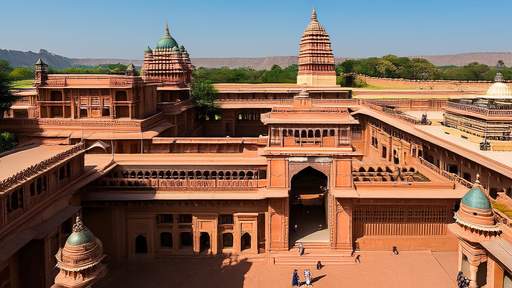
By /Jun 5, 2025

By /Jun 5, 2025

By /Jun 5, 2025
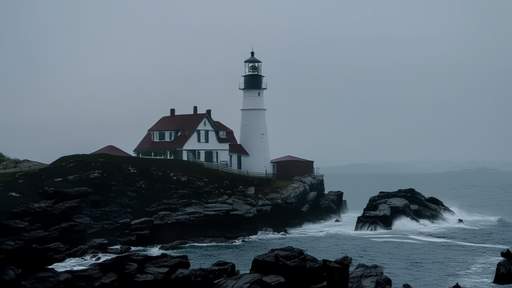
By /Jun 5, 2025

By /Jun 5, 2025

By /Jun 5, 2025
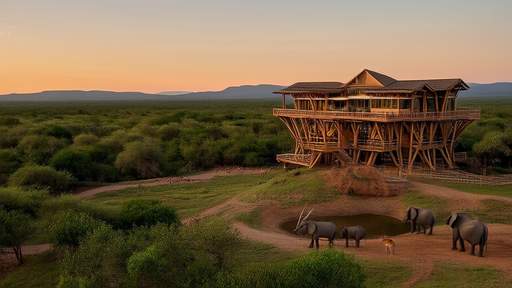
By /Jun 5, 2025

By /Jun 5, 2025

By /Jun 5, 2025

By /Jun 5, 2025

By /Jun 5, 2025

By /Jun 5, 2025

By /Jun 5, 2025
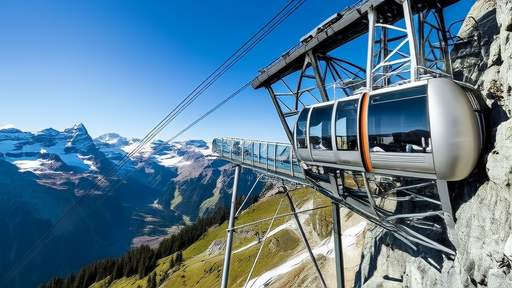
By /Jun 5, 2025

By /Jun 5, 2025

By /Jun 5, 2025
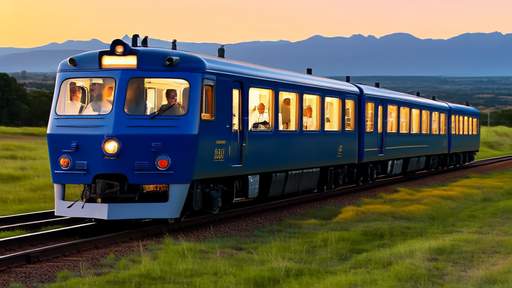
By /Jun 5, 2025

By /Jun 5, 2025

By /Jun 5, 2025
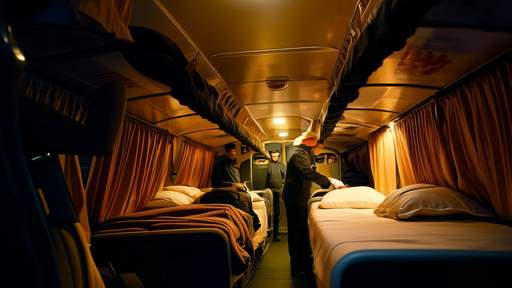
By /Jun 5, 2025